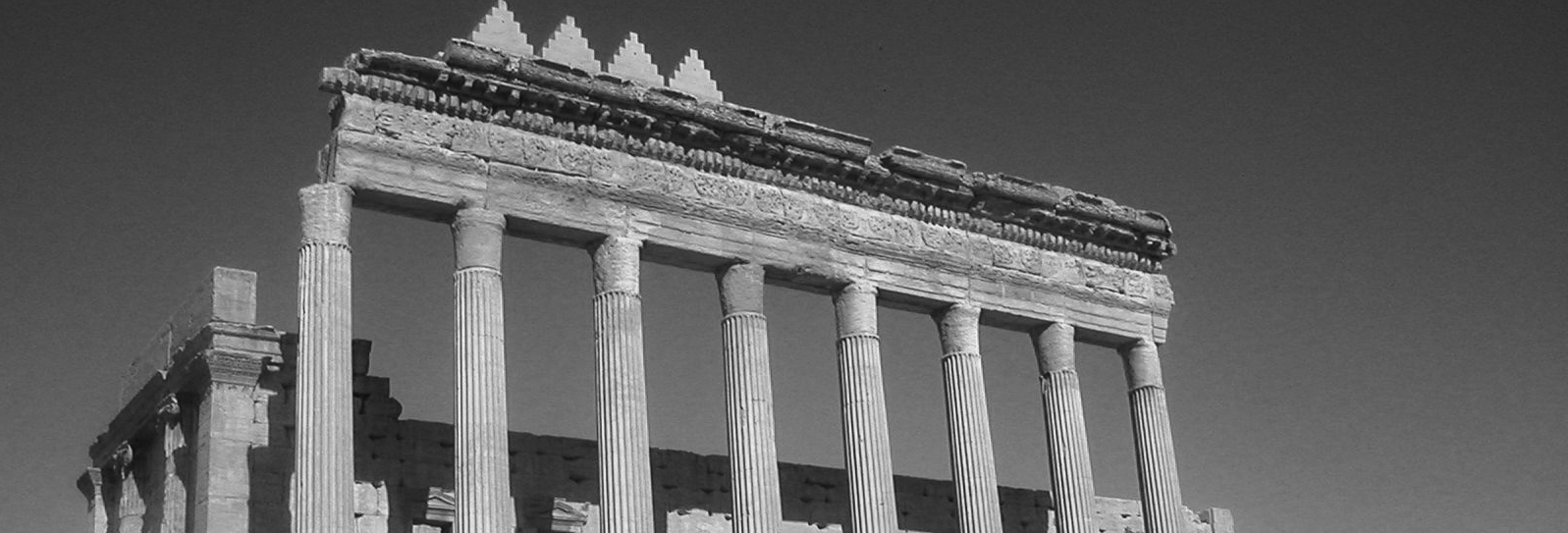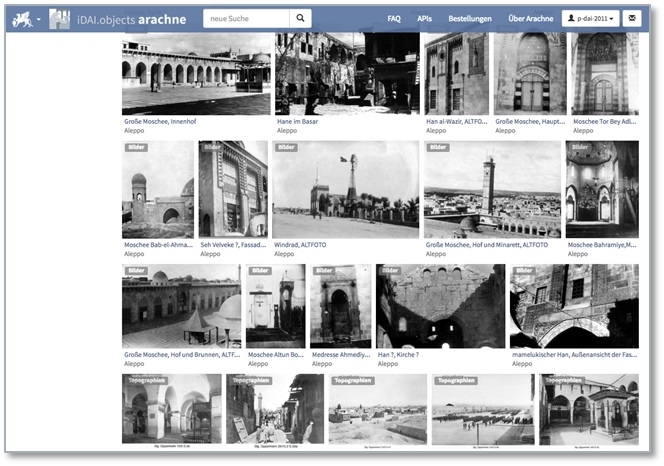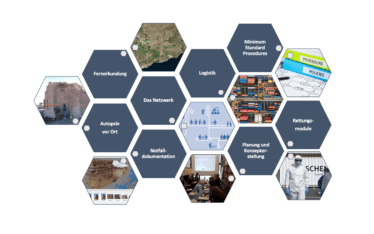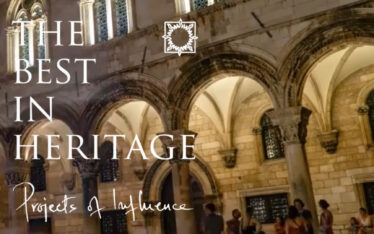
Syrian Heritage Archive Project (SHAP)
Erstellung digitaler Kulturgüterregister für Syrien- Home
- Syrian Heritage Archive Project (SHAP)


The cultural landscape of Syria is one of the most outstanding regions worldwide with regard to the number and historic significance of its monuments. Many basic human achievements, for example agriculture and urbanisation, were developed in this region for the first time.
In addition, all the periods from around one million years ago up to the Ottoman period are attested in an unbroken sequence by archaeological and historical monuments; the country therefore has one of the most extensive long-term cultural archives.
Because of the current developments in the country the existence of this unique cultural heritage, which remains largely undocumented by scientific research, is seriously threatened. The destructions in the old cities and the large-scale looting of archaeological sites attest to the dynamic of this process, which may lead to the irretrievable loss of the country’s most significant historical monuments.
Moreover, although this matter does not make daily headlines, it is an ongoing part of the current situation in Syria. With regard to a current and future inventory of monuments, it will be extremely important that existing documentation relating to the specific categories of remains and artefacts be systematically archived and analysed.
Thanks to long-term research projects there are extensive datasets for a large number of important archaeological and historical sites in Syria. In addition, the DAI archives also contain historic images dating to the period before and during World War I, which are – in the absence of modern buildings – often much more impressive than more recent images. This data collection furthermore is completed by significant private scholars’ estates.
Yet many of these research data sets are exclusively available in analogue form as large-scale digital data generation in archaeology only started in the late 1990s. The complete digitising of the more ancient datasets will be an essential condition for the future use of data and their sensitive integration into larger databank projects and for analyses regarding the state of Syria’s cultural heritage resulting therefrom, more particularly with regard to the mapping of war damage.
In November 2013 the German Archaeological Institute and the Berlin Museum of Islamic Art, both of which have very substantial data collections as a result of their long-term research projects in Syria, therefore launched the digitisation of their archives as part of the joint project “Project for the Establishment of a Digital Heritage Register for Syria” which was later named “Syrian Heritage Archive Project“. This project enjoys the support of the cultural preservation programme of the German Federal Foreign Office.
Assessment, digitisation and archiving of research data are carried out at the German Archaeological Institute (DAI) in Berlin by two Syrian-German teams. The data materials are entered and thus structured and standardised in the digital research environment of iDAI.welt. Various system components are used: iDAI.objects/Arachne, the DAI image data bank, iDAI.gazetteer, the archaeological location database, and the DAI geoserver for plan materials and maps. In addition, data sets of the individual sites are linked with relevant literature (monographs and journal articles) from the library database iDAI.bibliography/Zenon. Based on this, it will be possible to carry out a thematic analysis and/or an application in cultural preservation (for example damage mapping).
Around 120,000 datasets have been digitised so far, two thirds of which were substantially (fundamentally) classified. The descriptive information relating to the individual datasets was already selectively compressed and can, depending on the time available, be extended by details as desired.
The interfaces of this information technology architecture ensure the international network that was targeted from the outset, along with other similar projects related to the long-term documentation of Syria’s cultural heritage in order to build the most extensive data collection possible. A transfer of data prepared by the project will contribute to the establishment of an extensive national heritage register (National Heritage List) in Syria and will provide a basis for monitoring activities and heritage protection measures.
The work carried out within the SHAP project is part of the larger heritage preservation project “Zero Hour – A Future after the Crisis”, which focuses more particularly on education and training in the field of cultural heritage.
Title image: Screensho SHAP database | Foto: DAI.
Archaeological Heritage Network is made possible by many national and international partners. The Federal Foreign Office and the Gerda Henkel Foundation supports the network.


